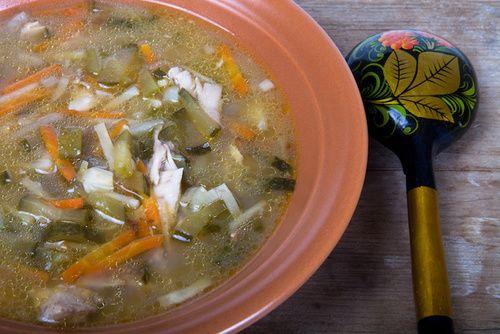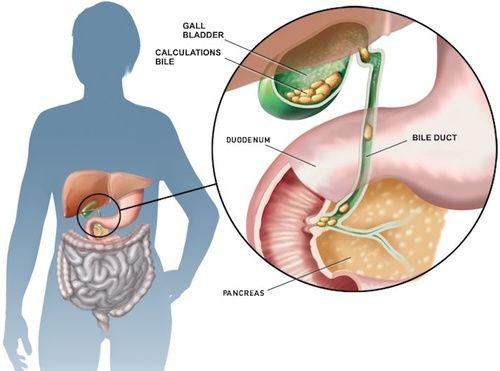Nutrition for gallstones it must be low in animal fat and not too high in carbohydrates. Let's find out better.
> 1. What are gallstones
> 2. Nutrition for gallstones
> 3. Did you know that
Soups and minestrone useful against gallstones

What are gallstones
In medicine it is called gallstones and it is a pathology characterized by the formation of gallstones at the level of the gallbladder and / or the intrahepatic and extrahepatic biliary tract. Gallstones are solid formations ranging in size from a few millimeters to a few centimeters, mainly based on cholesterol.
They hit a relatively large segment of the population namely about 20% of people living in Western countries. Epidemiological studies have shown a higher prevalence in women and in older people.
The disorder is infrequent before the age of 30 and reaches a peak of prevalence after the age of 65. Other risk factors are familiarity, overweight and obesity, rapid drop in body weight, taking estrogen or estrogen-progestogen therapies, number of pregnancies, high triglyceride levels and low HDL (the "good") cholesterol.
They are often asymptomatic; however, if a stone is expelled from the gallbladder and passes into the choledochus or cystic duct it can obstruct the outflow of bile; we thus have the biliary colic. Often, therefore, the disorder is found following a colic; Sometimes it may happen that it is discovered occasionally during an abdominal ultrasound.
The passage of a stone into the choledochus can in some cases cause much more serious complications than biliary colic; for example one cholecystitis, cholangitis or even acute pancreatitis. A correlation between gallstones and gallbladder cancer has also been hypothesized.
You can learn more about the symptoms, causes, and natural remedies for gallstones

Nutrition for gallstones: which foods to eat and which to avoid
Proper nutrition is essential both to prevent the appearance of gallstones and to intervene once they have formed.
THEfeeding against gallstones it is a diet low in animal fats; the excessive intake of these foods actually helps their formation as it forces the gallbladder to overwork.
A vegetarian diet or in any case with a low intake of animal fats therefore helps to protect oneself from gallstones also because it helps to keep the LDL cholesterol values (the "bad" one) and triglycerides within the limits.
Even the excessive consumption of carbohydrates predisposes to the onset of the disorder, especially because these foods, if present in an excessive way in the diet, favor the increase of body weight.
Overweight and obesity are, in fact, among the major risk factors for the appearance of gallstones. Any diet aimed at weight loss must never be drastic and above all it must not include long fasts; it is always best to divide your food intake into five small meals a day rather than concentrating it in fewer, larger meals.
A diet that aims to protect oneself from gallstones must also exclude or at least limit all irritants and above all alcohol, carbonated drinks, spices and chocolate.
Finally, one is crucial proper hydration. It is good then drink about two liters of water a day and in any case prefer a diet based on foods with a good liquid component, therefore soups, soups, fruit, side dishes and vegetable-based main courses.
In conclusion, however, a healthy and balanced diet, along with a correct lifestyle and regular exercise help prevent the appearance of gallstones as well as most diseases.
Did you know that
Although it is a rather rare complication, it can happen that one or more large gallstones enter the intestine creating an occlusive picture. This complication is called in medicine biliary ileus and is usually secondary to perforation of the gallbladder in the duodenum.
This is a very insidious complication, which can lead to the death of the patient, above all because in the rare cases where it occurs, it characteristically occurs in elderly patients, in whom the cardiovascular and renal functions are already compromised by age.
Furthermore, it is not easy to promptly recognize a biliary ileus because the symptoms can be, at first, scarce and therefore not alarming.
The pathology, in fact, can initially manifest with fever and localized pain to the right upper abdominal quadrant which can be easily confused with the common ones disturbances of a cholecystitis.
Also discover the most common ailments of colic and how to cure them with natural remedies


























